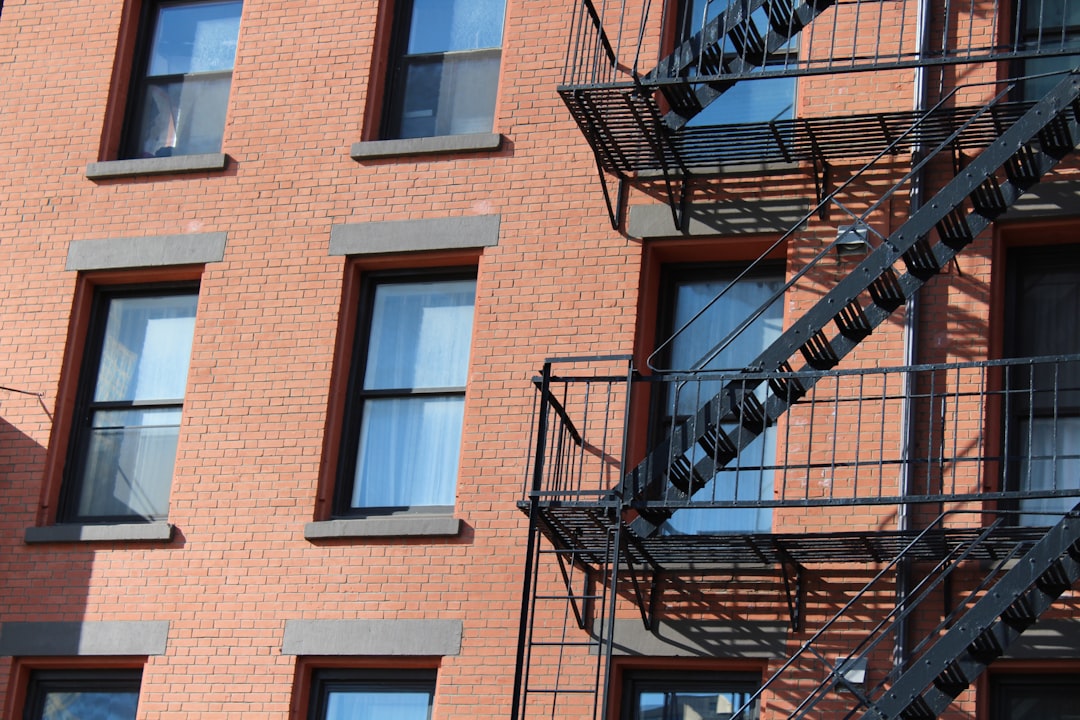Understanding the True Cost of a Staircase in Residential Construction
Staircase installation costs can vary significantly, with prices ranging from $3,800 to $35,000 depending on design and materials. For construction professionals, understanding these costs is crucial for accurate budgeting and project planning. Factors such as materials, labor, and site conditions all play a role in determining the final cost. This guide provides insights into the key elements that influence staircase costs, helping you make informed decisions.
Why Staircases Deserve Special Attention
- High-traffic structural element affecting safety and aesthetics
- Involvement of multiple trades: carpenters, finish carpenters, painters, metalworkers
- Strict building-code dimensions for riser height, tread depth, and handrails
- Complex geometry affecting waste factors and labor hours
Key Factors Driving the Cost of Staircase Projects
1. Stair Type
- Straight run: Simplest and most economical
- L-shaped or U-shaped: Additional landings mean extra stringers, framing, and trim
- Curved or spiral: Custom templates and specialized labor escalate costs quickly
2. Material Selection
Framing: Most residential stairs use dimensional lumber. Premium LVL stringers add strength but increase the budget.
Treads & Risers: Pine, oak, maple, exotic hardwoods, or engineered products each carry distinct price points.
Balustrade: Wood balusters cost less than wrought iron or glass panels. Mixing materials creates design appeal but increases costs.
3. Finish Level
Paint-grade components are budget-friendly. Stain-grade hardwood or custom stain-matching to adjacent flooring adds more sanding, sealing, and drying time—costing an additional 10-25%.
4. Site Conditions
- Tight interior spaces require stair sections to be built in smaller modules, adding labor hours
- Renovation tear-outs may reveal structural surprises, inflating change orders
- Multi-story installs need extra scaffolding and fall protection measures
5. Building Code & Permitting
Local inspectors determine acceptable rise/run ratios, headroom, railing spacing, and load capacity. Failing inspection triggers rework—a hidden cost you avoid with CountBricks’ permit-ready drawings.
Average Residential Cost Ranges
Based on thousands of AI-generated bids inside the CountBricks platform, a straight interior staircase in a new build typically lands between $3,800 and $7,200. An L-shaped with hardwood treads and iron balusters averages $8,500 to $12,000. True custom curved designs start around $18,000 and can exceed $35,000 in high-end homes.
What the CountBricks Estimate Includes
- Material quantities priced against live supplier feeds
- Local union and non-union labor rates pulled in real time
- Waste factors calibrated by stair type and material
- Permit, delivery, and cleanup allowances
- Built-in contingency slider so homeowners see the budget “best-case vs worst-case” range
Using CountBricks to Nail the Numbers
When you initiate a staircase conversation through CountBricks Voice, our AI listens for critical scope clues—stair length, expected finish, railing style—and builds a full line-item estimate in seconds. Need to swap oak treads for maple? A single voice command recalculates the cost of staircase instantly.
Step-by-Step CountBricks Workflow
- Speak your scope or upload a floor plan to CountBricks.com/blueprint-takeoffs
- Review autogenerated quantities, costs, and timeline
- Adjust materials or finishes; AI updates totals live
- Generate a branded PDF quote ready to share with homeowners
- Convert to an invoice when the job is green-lit—no re-entry required
Cost-Saving Strategies from CountBricks Experts
- Opt for paint-grade risers with hardwood treads to balance aesthetics and budget
- Use stock iron balusters in repeatable patterns instead of fully custom forgings
- Prefabricate straight sections off-site to reduce on-site labor hours
- Align staircase installation with flooring crews to minimize repeat mobilization
Pro Tips for Avoiding Surprise Overruns
- Verify finished floor elevations before cutting stringers
- Dry-fit newel posts prior to staining—misaligned holes can ruin finished parts
- Keep spare hardwood treads on site; color variation in later shipments is common
Return on Investment
National resale data consistently shows that an upgraded staircase delivers a 70-80% ROI, ranking just behind kitchen and bath renovations. The visual impact in the foyer often sets a buyer’s first impression—and first offer.
Ready to Price Your Project?
Whether you’re a GC planning a 40-lot subdivision or a homeowner remodeling a single entryway, CountBricks gives you an on-the-spot breakdown of the cost of staircase. Visit CountBricks.com to see the platform in action.
CountBricks Case Spotlight: Oakridge Remodel Staircase
When the Oakridge family decided to convert their dated carpeted stairs into a modern hardwood showpiece, they feared hidden costs. Using CountBricks Voice, their contractor captured the scope in under five minutes: 14-step straight run, white oak treads, paint-grade risers, and black metal balusters.
How the Estimate Came Together
- CountBricks AI generated material quantities: 16 treads for overage, 34 balusters, two 16-foot handrails
- Live supplier feeds priced white oak at $11.25 per board foot—automatically reflected in the estimate
- Labor rates pulled from the local zip code averaged $68 per hour for finish carpentry
- Permit and disposal fees were added based on the municipality’s published data
Outcome
- Initial estimate delivered: $6,950
- Final invoice after minor scope tweak (adding stair lighting): $7,380
- Installation time: Three days, thanks to prefabricated stringer overlays suggested by CountBricks experts
- Homeowner satisfaction: “CountBricks showed every dollar before we spent it—no surprises.”
Additional Insights for Residential Builders
- Bundle staircase work with flooring installation to reduce total labor mobilizations by 12-18%
- Use the CountBricks contingency slider at 7% for remodels and 3% for new builds—historical data shows these percentages align with average variance
- Leverage CountBricks.com to demonstrate past stair projects and close deals faster
Next Steps
If you’re pricing out the cost of staircase on your next residential project, don’t settle for ballpark figures. Activate a free trial at CountBricks.com, speak your scope, and receive a detailed, shareable quote before leaving the jobsite. Precision today prevents profit erosion tomorrow.

